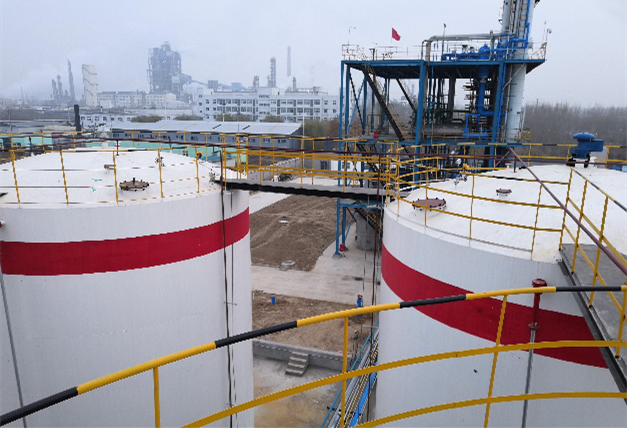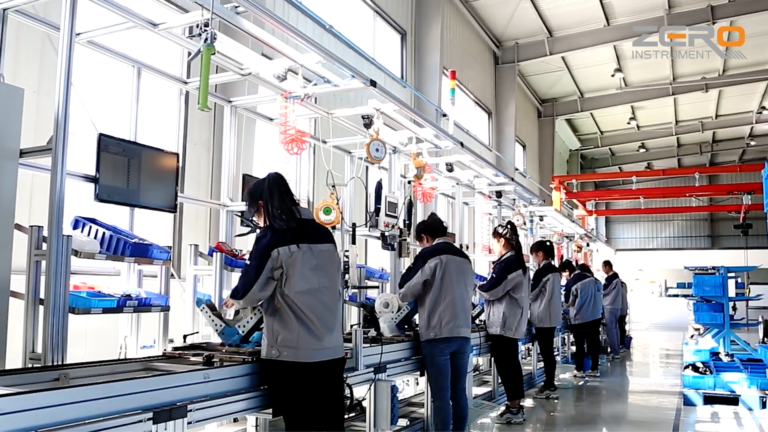Level monitoring of corrosive liquids such as acids is a challenging task among many industrial measurement scenarios. Traditional liquid level measurement technologies, such as float, pressure or capacitive sensors, are often unable to cope with high temperature and highly corrosive acidic media.
The radar level gauge shows unique advantages in such an environment. Today we explore the advantages of radar level gauges when measuring acid levels.

A distinctive feature of the radar level gauge is its non-contact measurement method. Just as sunlight can penetrate clouds and illuminate the earth, radar waves can also penetrate space, reach the liquid surface and be reflected back.
This non-contact measurement method means that the sensor does not need to be in direct contact with acidic liquids, thus avoiding corrosion.
This is like putting on an invisible protective suit for the radar level gauge, allowing it to work stably for a long time in harsh environments. Secondly, the radar level gauge uses high-frequency microwave signals, which makes it have excellent penetration capabilities. Even steam, foam, sediment or other obstructions cannot stop the pace of radar waves.
It’s like a detective with superpowers who can see through every crime scene, no matter how complex it is. Therefore, even if there is steam or other interference factors on the surface of the acid liquid, the radar level gauge can still accurately measure the liquid level.

Furthermore, the accuracy of the radar level gauge is very high and can reach the millimeter level. This is like a precise shooter who can accurately hit the target even in the vast sea. High-precision measurement is of great significance for controlling chemical reaction processes, ensuring production safety, and improving product quality. Additionally, radar level gauges are very simple to install and maintain.
Due to its non-contact nature, there is no need to drill holes or go deep into the container during installation, which greatly reduces the difficulty and risk of installation.
At the same time, maintenance costs are relatively low because they are not affected by corrosion. It’s like choosing a clothing material that’s easy to care for and stays clean and tidy even after being worn for a long time.
Finally, radar level gauges have a wide range of applicability. Whether it’s acids, alkalis, organic solvents or other chemicals, it can handle them all. This is like a master key, no matter what kind of lock you face, you can find a solution.

In summary, radar level gauges exhibit many advantages when measuring acid levels. Its non-contact measurement method, excellent penetration capabilities, high accuracy, easy installation and maintenance, and wide applicability make it an ideal liquid level measurement solution in sour environments. Like an invincible warrior, the radar level gauge shows unrivaled power on the battlefield in an acidic environment.
